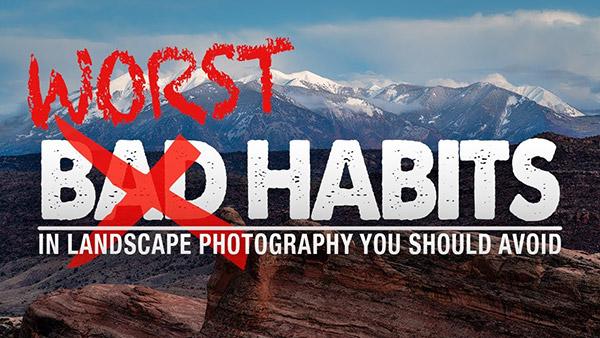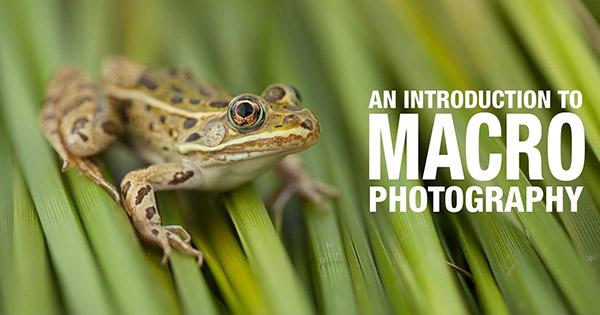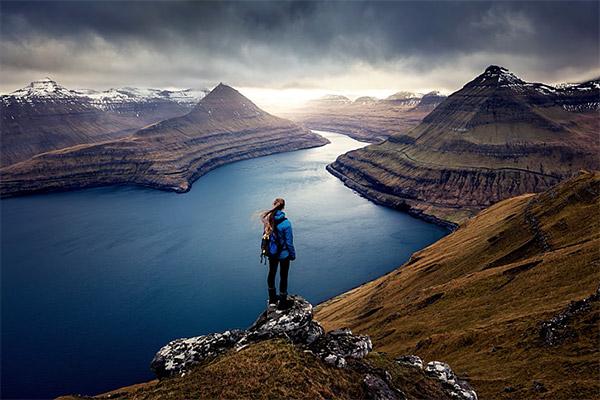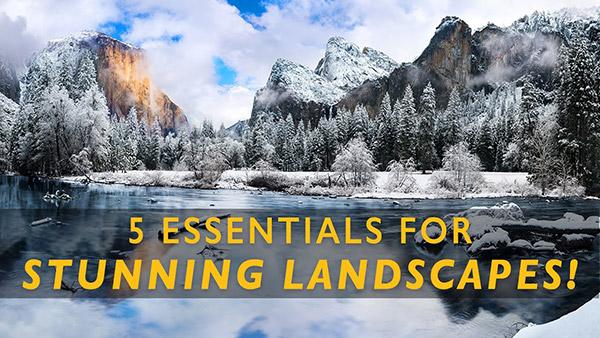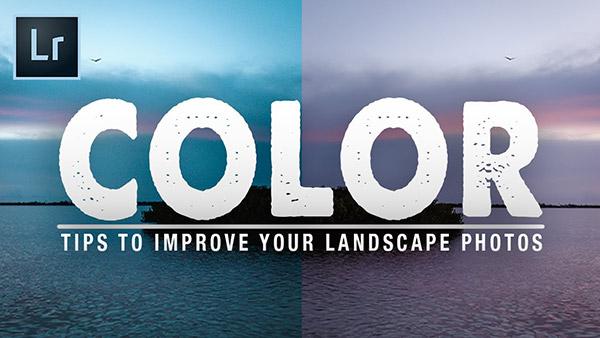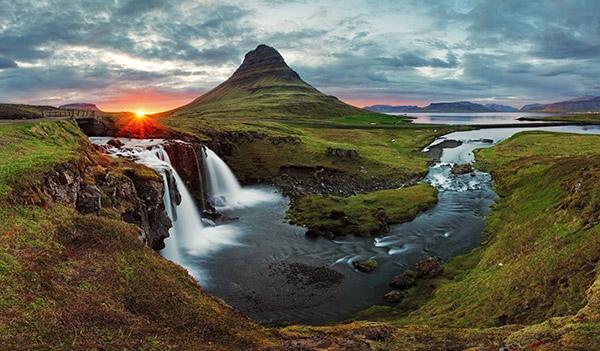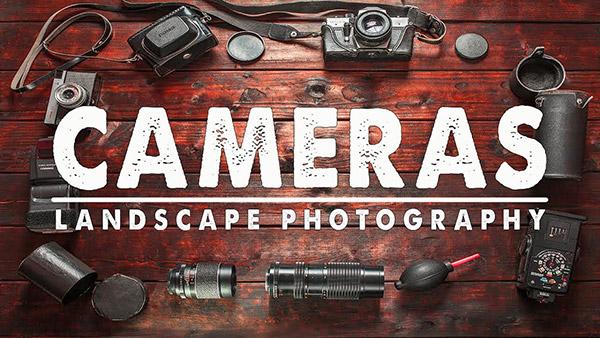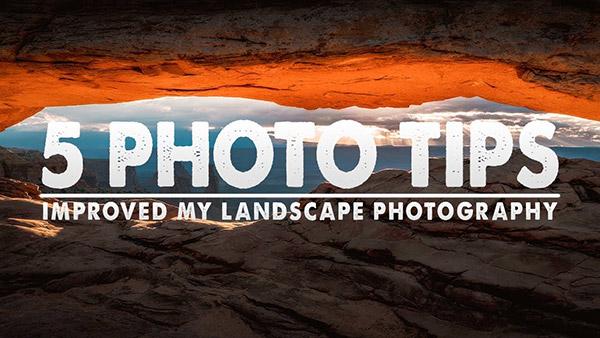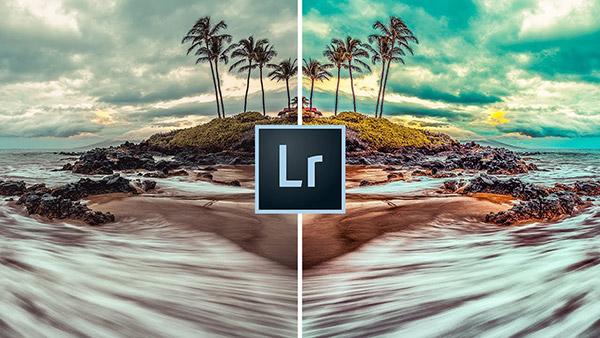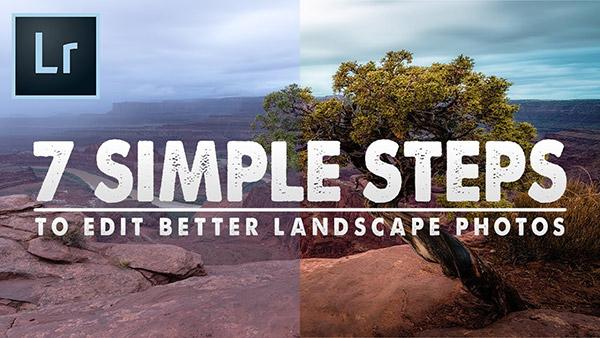Nature Photography How To
Sort By: Post Date TitlePublish Date
|
May 08, 2019 |
|
May 07, 2019 |
|
May 02, 2019 |
|
Apr 30, 2019 |
|
Apr 25, 2019 |
|
Apr 24, 2019 |
|
Apr 23, 2019 |
|
Apr 22, 2019 |
|
Apr 10, 2019 |
|
Apr 03, 2019 |
|
Mar 27, 2019 |
|
Mar 26, 2019 |
|
Mar 15, 2019 |
